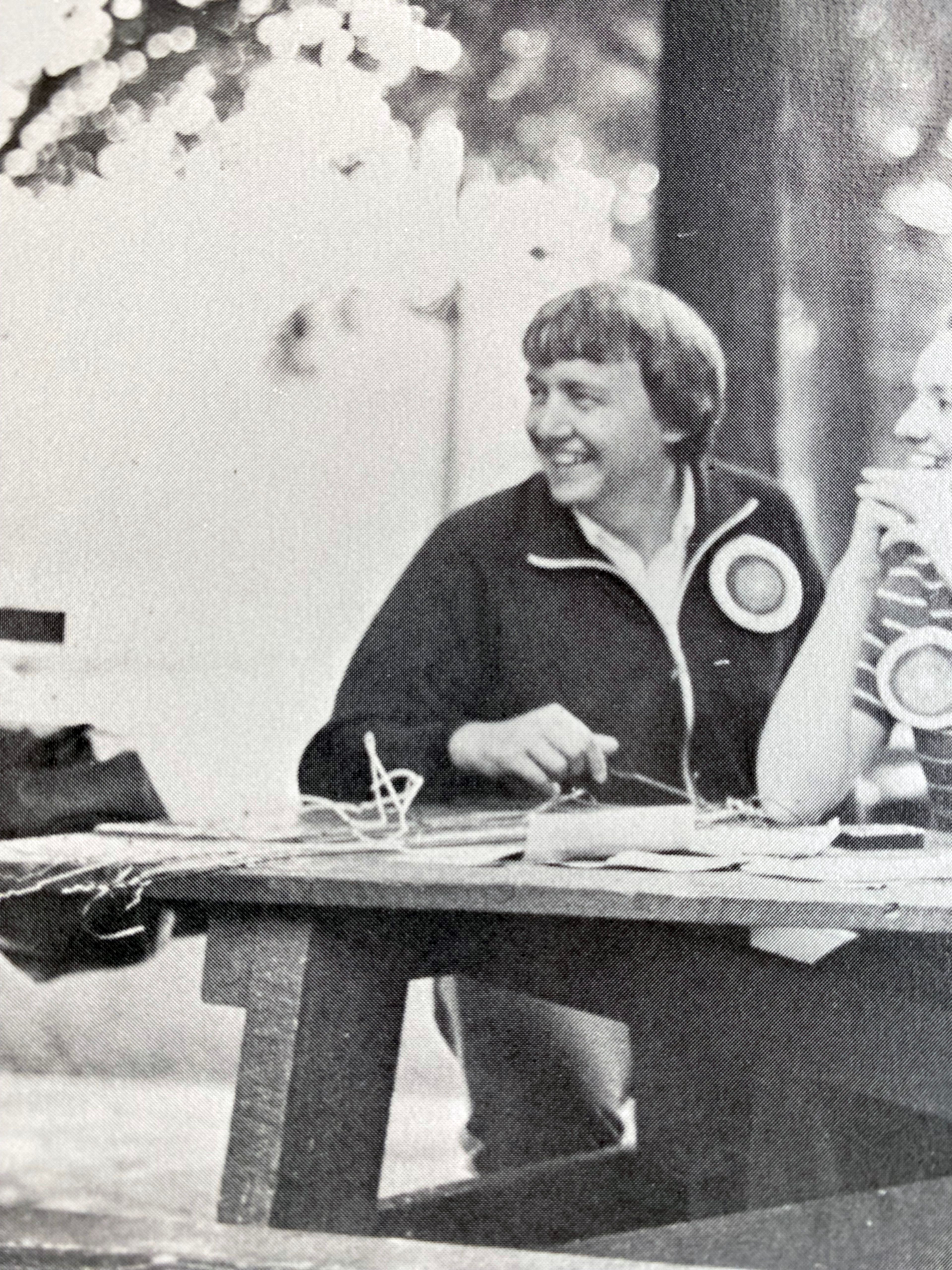Lincoln: The public record of enslavement
Discover Cape Girardeau's hidden history through Margaret M. Mates' comprehensive guide on slavery, now digitized for wider access. Uncover family legacies and honor the enslaved individuals who shaped the region.
No single resource has been more helpful to me when researching historic details of Cape Girardeau’s Black community than “A Resource Guide to The Slaves, Slaveowners and Free Blacks of Cape Girardeau County: 1797—1865,” by Margaret M. Mates (1998). This comprehensive, yet under-recognized reference book, identifies over 3,650 locally enslaved individuals and spans public documentary history from the Louisiana Territory-era through the emancipation of enslaved in Missouri in 1865.
The introduction of "The Guide" reminds us, “Slavery was a well-entrenched part of the economic and social structure during the early settlement of the Cape Girardeau area under the Spanish, French and American flags.” "The Guide" is a practical, indexed database which provides uncontested evidence of slavery’s local history, at a personal level. It is a sober, 200-page compilation which testifies in time and place, the exploited bondage which occurred throughout our county. Slavery was legal in those times, but problematic to the founding rights of American values. The business of denying freedom based simply on skin color tore the country apart.
Who would dare to dive so deeply into the painful history so many want to push aside?
Margaret M. “Marge” Mates (1933-2008) grew up in south Chicago and was educated at Fenger Academy High School and Northern Illinois State Teacher’s College. She was an instructor of women’s physical education at Southeast Missouri State University from 1972 to 1991. She coached university softball and women’s field hockey teams and helped develop Cape Girardeau’s community youth soccer league.
During the late 1980s and early '90s, Mates assisted local historian Edison Shrum to self-publish books about Scott and Cape Girardeau county histories. Mates said her sense of responsibility to the task was influenced by a TV program highlighting the difficulty African-Americans faced when attempting to trace their roots.
In time, recognizing the value of a concise reference guide consolidating Cape Girardeau enslavement documents, Mates undertook the enormous task. Utilizing breaks during the academic year and the first years of her retirement, she scoured Cape Girardeau County deed books, circuit court records, newspapers, church records and probate files (slave inventories therein), as well as tax records for the Cape Girardeau District of the Louisiana Territory (1805-12) and Cape Girardeau County (1812-1865). The goal was to name, date and give context for the lives of enslaved men, women and children.
Meticulously, she amassed the information and digitally organized a database with the assistance of early-generation computer science SEMO students. The material was stored on floppy discs, cutting edge technology of 1998. The sad truth is that Mates’ "Resource Guide" was never published beyond a few printouts stored in loose-leaf binders. A somewhat “unauthorized copy” was given to me by a historian friend.
One well-worn print-out is available at the Cape Girardeau County Archives Center. Months ago, Marybeth Niederkorn, Archive Center director, relocated the floppy discs and recruited knowledgeable “techies” to convert the original data to a current-day format. Momentum is underway to assure Mates’ "Resource Guide of Black History" is accessible to a wider audience.
Does your family have roots in Cape Girardeau County? Checking the "Resource Guide" for family names would be a worthwhile exercise, and County Archives staff are ready to help. Often, family lore vaguely acknowledges “slaves.” Our grandparent’s generation considered this legacy an inconvenient truth, oblivious to the names of those their predecessors enslaved and left uncredited for the wealth and ease their labors provided the family. It is a new day. "The Resource Guide" may open family legacy to preserve and honor the names of the enslaved who served your family and possibly link their descendants to a contextual story.
And so, as I lament the fact that we have fallen short of making Mates’ "Resource Guide" widely accessible, I too, find my sense of responsibility at risk. My primary research and writing project has been sidelined, too long. Readers, hold me accountable to complete the book devoted to the Cape Girardeau enlistment of Civil War United States Colored Troop soldiers. I am taking a “time out” from local history newspaper columns for now to complete the book.
Thank you, Southeast Missourian and subscribers, for the opportunity to share stories of our multi-cultural history.
Denise Lincoln values the region’s rich, interracial history and writes to restore awareness of individuals who contributed to our common good.
Connect with the Southeast Missourian Newsroom:
For corrections to this story or other insights for the editor, click here. To submit a letter to the editor, click here. To learn about the Southeast Missourian’s AI Policy, click here.












